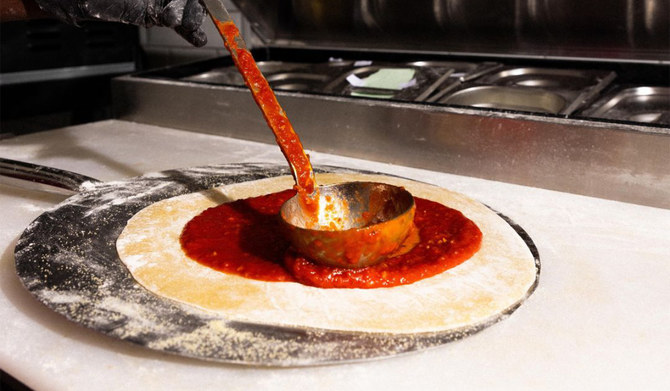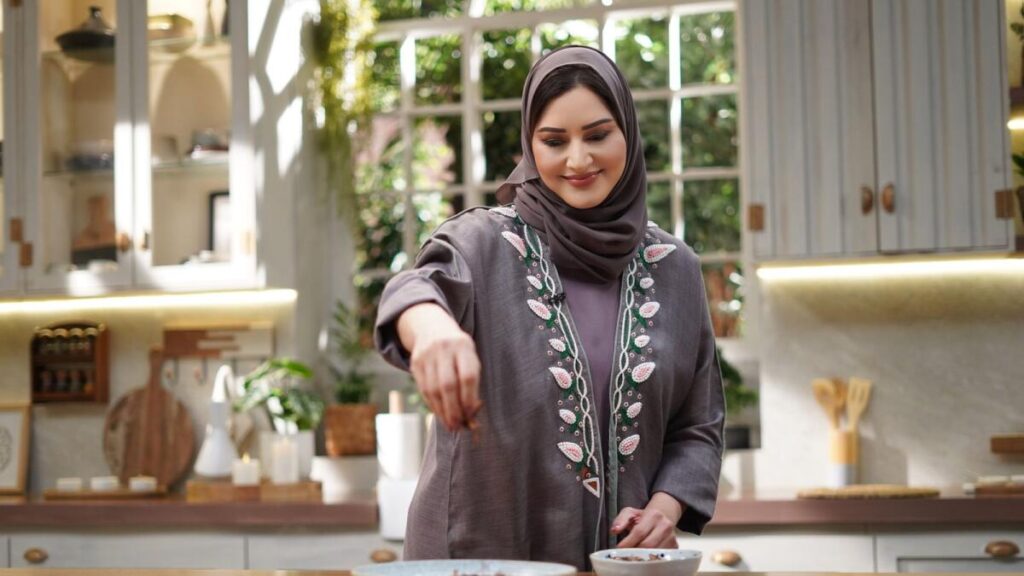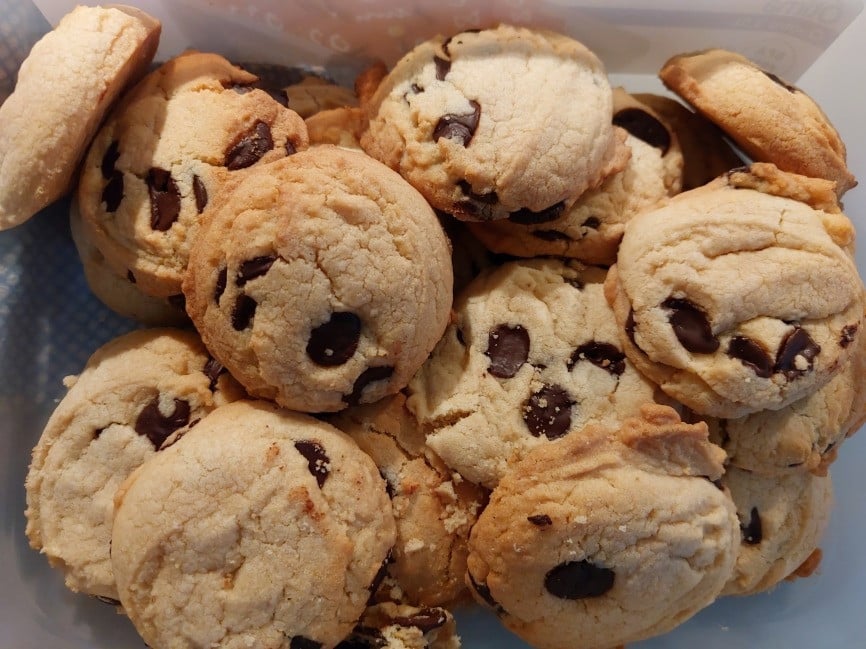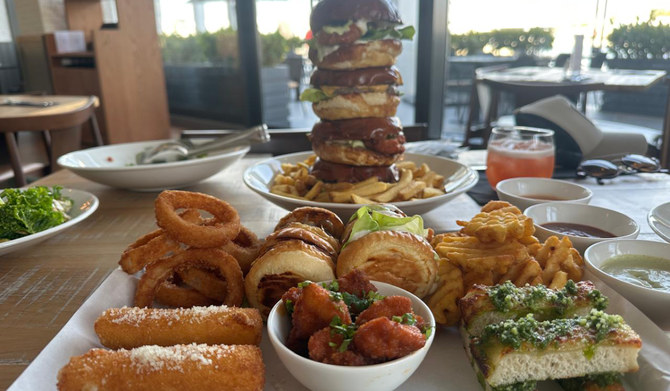Monitoring Desk
Biryani, most cooks will tell you, is an intimidating affair.
The wildly popular one-pot meal is a laborious balancing act of spices, time and temperature. Rice and meat – the former, delicately spiced and the latter, robustly flavoured – are cooked separately and then together, slowly on a low flame, in layers separated by juicy fried onions, saffron-infused milk and fresh herbs.
Even at the peak of my pandemic-induced, Instagram-fuelled cooking phase – when I made my first plate of Thai spare ribs and discovered the wonders of roasted sumac – I steered clear of biryani. I am from Hyderabad, a southern city that serves a famously scrumptious version of the dish, and I was convinced that whatever I cooked wouldn’t taste “authentic” enough. So I never bothered trying.
Until recently, when a new book, Masala Lab: The Science of Indian Cooking, tempted me to try. It’s based on a simple, undisputed fact: cooking, at its heart, is chemistry, an ingredient’s reaction to heat, water and pressure.
If you understand why ingredients smell, taste and behave the way they do, you can coax the flavours and textures you want out of them. And to prove its point, the book turns biryani into an experiment , complete with an algorithm.
“It’s an algorithm, not a recipe,” insists the author, Krish Ashok. “You will follow the science and craft your own recipe.”

Mr Ashok is not a chef or a food writer. He works in tech, loves to cook and intended the book for “fellow geeks”. But his publisher told him to “explain everything and cut down on the jokes”. The result is a refreshing science lesson as Mr Ashok attempts to “de-exoticise Indian cooking”.
He dismisses the idea that there is “magic” in the hands of great cooks – “it keeps patriarchy alive,” he says, since the hand almost always belongs to a mother or grandmother. What makes them such good cooks, he believes, is a deep knowledge of food, born of observation, experiment and, most of all, patience.
It’s what his grandmother told him and her advice appears at the start of the book: “If you give anything enough time, it will turn out delicious.”
And that’s what Mr Ashok says he’s chasing with his experiments – a table that is “delicious and adventurous” rather than authentic.
“I am vehemently against authenticity,” he says. He finds it a “meaningless” tag given that, for instance, there isn’t one way to make a great biryani – there are countless ways and each of them are authentic to a different region or family.
Biryani is ubiquitously cooked with mutton or chicken and occasionally with beef. In India it is also cooked with only vegetables (there is even a fairly popular jackfruit-version!) much to the chagrin of meat lovers. The southern coast dials up the chili and uses a lighter protein – prawn or fish. Some kitchens stew the dish in coconut milk, others add a layer of dry fruits and nuts, or throw in hard-boiled eggs and potatoes.

Mr Ashok’s biryani algorithm outlines the cooking process – how to perfectly cook the rice, fry the onions just right, marinate the meat, seafood or vegetables (he recommends brining it first so it soaks up the flavours), and to layer all of these – but leaves you to fill in the blanks. There’s a sketch explaining the various versions and the different spice combinations that go into them.
But there are no measurements, not even for the spice mixture or masala. Instead, he offers a diagram, where spices are printed in different font sizes which correspond to proportions!
There are similar algorithms for a hearty bowl of dal or the soupier south-Indian version called sambar and gravies of various provenances. There are “cheat sheets” and “generators” or “meta models” – basically, a foundation – that will help you build your own recipes. There are detailed tables telling you the different molecules that make up specific spices. The book lists simple lessons about the effects different combinations will yield and how to extract maximum flavour.
Science says it’s best to stick to one or two flavour categories. First, pick a spice from each category, and then pick another two with that have a common flavour molecule so you are reinforcing a similar flavour profile.
It also recommends the olden method of pounding ginger or garlic in a stone mortar and pestle rather than blitzing it the modern way in a blender. That’s because the heat of the high-speed blade cooks them partially, diluting their flavour before they go on the stove.

But science and Mr Ashok are also fully in favour of shortcuts. He says ketchup is a great substitute for tomato paste and an instant noodle spice mix – “extremely well thought-out combinations” – can do wonders to a dal if you are pressed for time.
“I know Indian-Americans who use the hot sauce at Taco Bell to make excellent dal,” he says.
The way he sees it the line between genuine and artificial or processed flavours is arbitrary. “I will draw the line above ketchup. It’s tremendously tasty. Unless you grind the flour yourself, the process of making wheat is as artificial as making ketchup.”
Science, it turns out, is not snobbish. Freshly-ground spices are on par with an instant noodle mix because both are delicious. It’s up to home cooks to decide which way to go.
Mr Ashok says he only wants to arm them with the “algorithms” that will inform their decisions and even free them. All this talk of science has led to accusations that he is taking the soul out of cooking but he says “there is nothing soulful about replicating someone else’s recipe”.
“If you can use scientific methods, you can be more inventive,”he says. Being creative liberates you. And science, to paraphrase Einstein, opens up yet another frontier of beauty – you find wonder in more things, not less.”
And it was this wonder over what makes the perfect adai, a crisp lentil pancake popular in southern India, that inspired Mr Ashok’s experiments in the kitchen.
He began cooking in earnest around 2000 when he moved to the US to study. “I sought every grand aunt to try and write down recipes and I quickly realised there is a problem in how we document Indian cooking.”
His grandmother, he found, didn’t think in teaspoons and time. She had her own algorithms. So that’s what Mr Ashok set out to decode.
Over the years, he experimented with flavours and cooking methods, making copious notes on what worked and what didn’t. He didn’t want to become a chef, just a better cook. And that’s what he hopes his book will do for other people.
“This is not a cookbook, it’s a popular science book,” he says. “And I am not an innately good cook, but I am good at making it simple for others.”
And he does – the science is universal but by painstakingly applying it to Indian cooking, Mr Ashok manages to turn even the mighty biryani into a rather delightful experiment.
My first attempt was surprisingly decent – and I was encouraged by the fact that what I was after was not an authentic recipe, but my own version of a dish I grew up eating (turns out the part of our brain that processes flavour is within “gossiping distance” from the part that stores memories).
So I intend to keep trying until I fire up the concerned cortex. All I need is patience.








